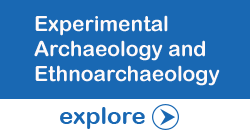Speakers:March 2021
Speakers: March 2021
Return to Down Ancient Trails home page
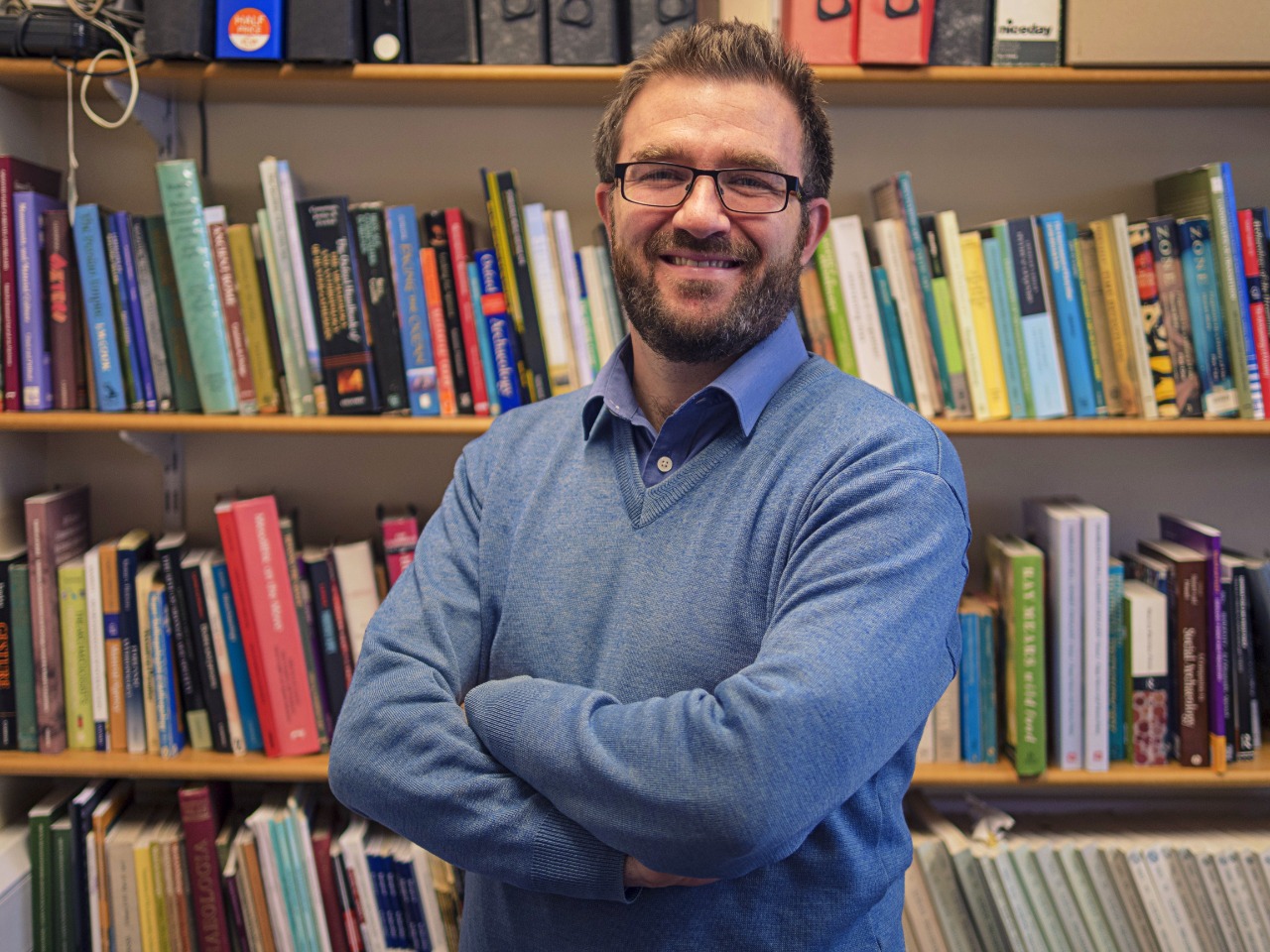 19th March, 2021, 6:30 PM (IST): Herd and Harvest series: Dr. Oliver Harris, Associate Professor of Archaeology, University of Leicester. Topic: Assembling past worlds: materials, bodies and architecture in Neolithic Britain
19th March, 2021, 6:30 PM (IST): Herd and Harvest series: Dr. Oliver Harris, Associate Professor of Archaeology, University of Leicester. Topic: Assembling past worlds: materials, bodies and architecture in Neolithic Britain
Abstract: The Neolithic of Britain (4100 – 2400 cal BCE) is famous for its monuments. From collective tombs, to henges and stone circles, these constructions dominate our understandings. Archaeology has normally seen these as the preserve of elites, dominant individuals demonstrating their power through acts of collective building. What would happen if we turned our gaze away from the idea that people themselves were all powerful though? What would happen if we used new concepts to ask new questions of this period? From this perspective, this paper will argue, monuments remain critical to these past worlds, but take on a different role alongside the bodies and materials that built them.
About: Oliver Harris is Associate Professor of Archaeology at the University of Leicester. His research focuses on archaeological theory and the Neolithic and Bronze Age of Britain and North West Europe, but also wanders to include long-term landscape history, the emergence of gender and the roles of non-humans in politics. He is the co-author of The Body in History: Europe from the Palaeolithic to the Future, Archaeological Theory in the New Millennium, and Archaeological Theory in Dialogue. He has just finished a book called Assembling Past Worlds.
 23rd March, 2921, 7.00 pm (IST). Dr. Briana Pobiner, Paleoanthropologist and Educator, Human Origins Program, Smithsonian Institute and Associate Research Professor of Anthropology in the Center for the Advanced Study of Human Paleobiology at the George Washington University. Topic: The role of scavenging animal foods in hominin diets.
23rd March, 2921, 7.00 pm (IST). Dr. Briana Pobiner, Paleoanthropologist and Educator, Human Origins Program, Smithsonian Institute and Associate Research Professor of Anthropology in the Center for the Advanced Study of Human Paleobiology at the George Washington University. Topic: The role of scavenging animal foods in hominin diets.
Abstract: Questions about the timing, frequency, resource yield, and behavioral and biological implications of hominins acquiring food from the carcasses of large animals have been a part of the “hunting-scavenging debate” in the paleoanthropological scholarly literature for decades. In this talk, I will present a brief summary of this debate and review the zooarchaeological and modern ecological evidence for a possible scavenging niche among the earliest animal tissue-consuming hominins. I will also discuss how the evolution of Homo erectus nearly 2 million years ago may have been a turning point in our dietary evolutionary history.
About: Briana Pobiner is a paleoanthropologist whose zooarchaeological and taphonomic research centers on the evolution of human diet (with a focus on meat-eating), but has included topics as diverse as human cannibalism and chimpanzee carnivory. Since joining the Smithsonian in 2005 to help put together the Hall of Human Origins, in addition to continuing her active field, laboratory, and experimental research programs, she leads the Human Origins Program’s education and outreach efforts, including managing the Human Origins Program's public programs, website content, social media, and exhibition volunteer training. Briana has more recently developed an additional research program in evolution education and science communication. She is also an Associate Research Professor of Anthropology in the Center for the Advanced Study of Human Paleobiology at the George Washington University.
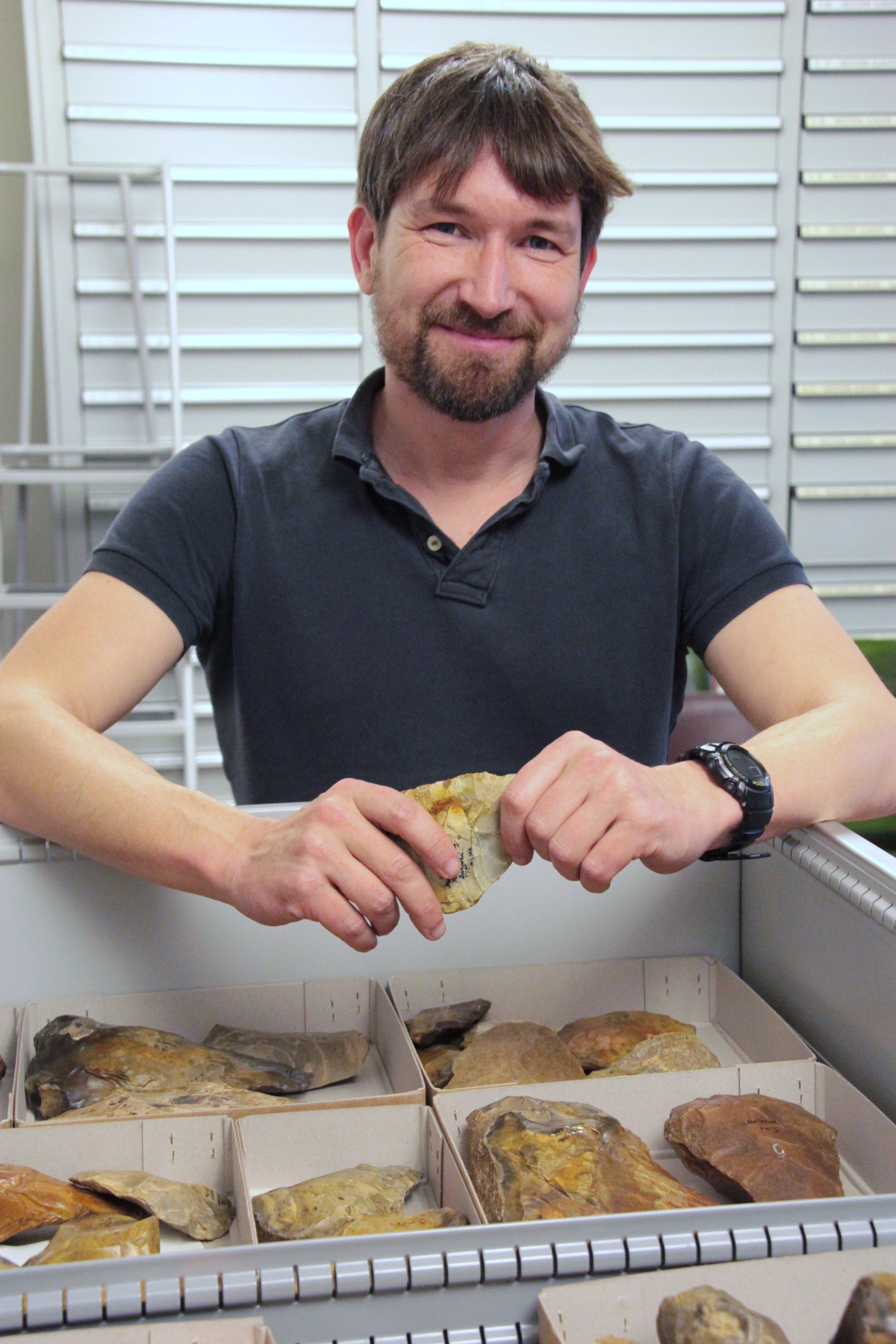 12th March, 2021, 6:30 PM (IST): Dr. Matthew Pope, UCL Institute of Archaeology, London, UK. Topic: The Boxgrove Horse Butchery Site: Reconstructing Short-Term Group Behaviour 480,000 years ago.
12th March, 2021, 6:30 PM (IST): Dr. Matthew Pope, UCL Institute of Archaeology, London, UK. Topic: The Boxgrove Horse Butchery Site: Reconstructing Short-Term Group Behaviour 480,000 years ago.
Abstract: The open-air site of Boxgrove (ca. 480 ka) is one of the most important sites for understanding the European Acheulean technology (Roberts and Parfitt 1999), due to the extraordinary preservation of the lithic assemblage that allows analyzing shaping strategies and handaxes morphological variability (Pope, 2002; Emery, 2006; García-Medrano et al., 2019). The sequence of Boxgrove is composed by a sequence of Middle Pleistocene marine, freshwater and terrestrial sediments exposed in the former Eartham Quarry, West Sussex, UK (Barnes, 1980; Roberts and Pope, 2009, 2018). Last year one locality at Boxgrove, The Boxgrove Horse Butchery Site (GTP17), was published (Pope et al. 2020). The site allowed for the reconstruction of activities including biface manufacture, defleshing of bones, marrow extraction and the production of bone tools. Detailed analysis of site formation processes suggest the entire episode possibly occurred within a single day, with the scatters of flint and bone sealed quickly within fine intertidal silts. These silts not only preserved the spatial integrity of the activity at the site, but also sealed a record allowing behaviour of an entire hominin group, including social interactions, to be brought under direct study.
In this paper we take the analysis of site formation processes of stone artefacts further, both applying and testing the interpretation through inferential stats and analysis tools based on GIS to determine localised differences in preservation. We compare the signatures from the Horse Butchery Site here to the longer term, and later accumulations recorded at the Boxgrove waterhole site and begin to test the initial taphonomic interpretations of that locale (Pope 2002). The comparison is used to highlight how the entire palaeolandscape, preserving a range of signatures from short term 'in situ snapshots' to longer term palimpsest accumulations might be integrated into a single model hominin behaviour for full, 26km wide, extent of the palaeolandscape.About: Dr Matt Pope is a Prehistorian and Geoarchaeologist based at the UCL Institute of Archaeology. He has been leading early Prehistoric projects in Britain and the Channel Islands for the past twenty years. His experience spans excavations at high-profile Ice Age sites, such as Boxgrove and La Cotte de St Brelade, and he has helped lead multidisciplinary resulting in high-profile discoveries and over 100 publications. His research interests are focused early human behaviour, especially the use of space and landscape by Neanderthal populations, and the deep origins of the Anthropocene challenges we currently face. He is committed to exploring how the study of human origins can help shape a fairer, safer world and to sharing research through events, social media and broadcasting.
23rd March, 2021, 6:30 PM (IST): Dr. Briana Pobiner, Education Program Specialist (Human Origins), Smithsonian National Museum of Natural History
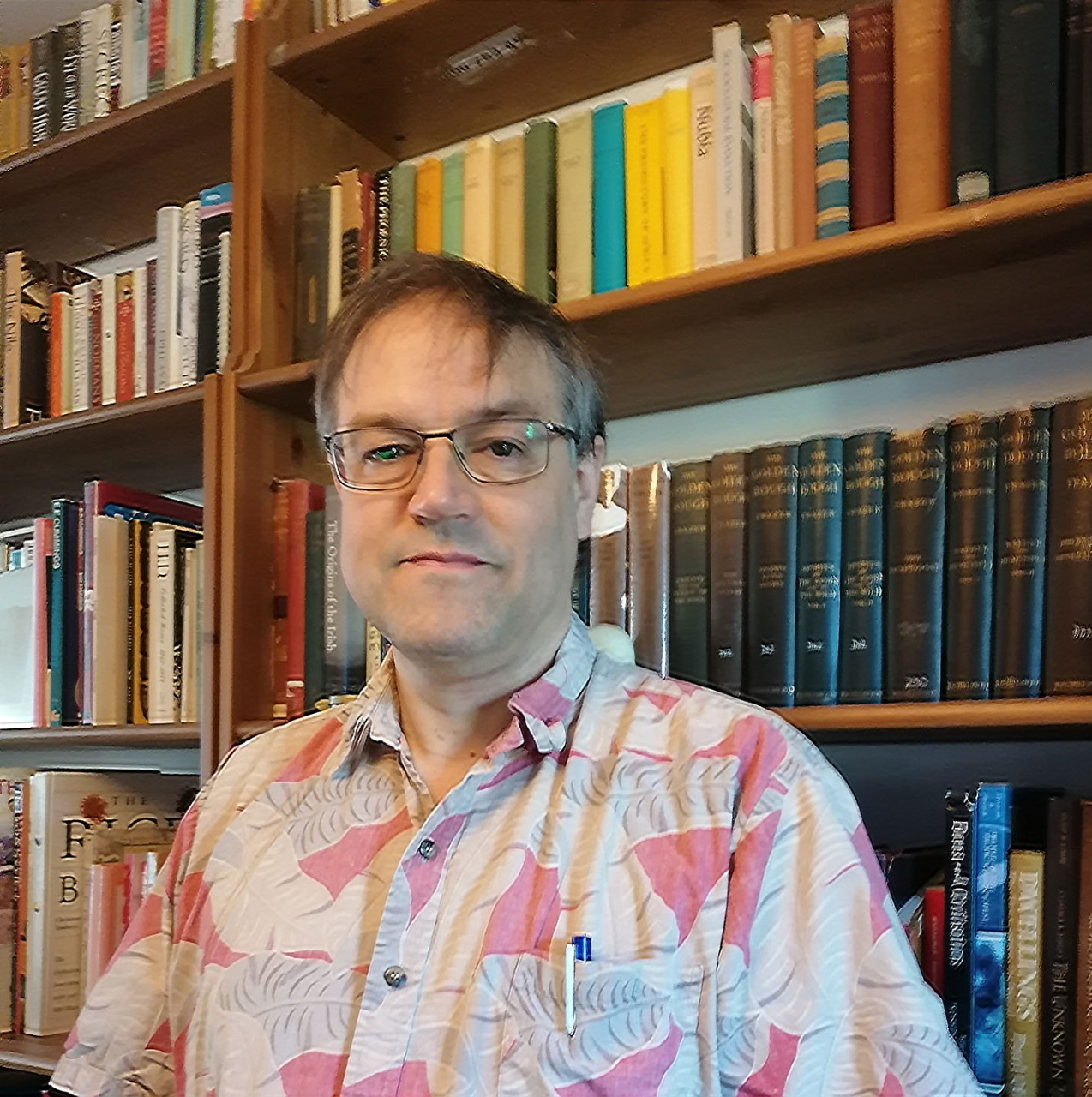 3rd March, 2021, 6:30 PM (IST): Herd and Harvest series: Professor Dorian Q. Fuller, Institute of Archaeology, University College London, UK. Topic: Domestication, Agricultural origins and civilization of the oven in Southwest Asia
3rd March, 2021, 6:30 PM (IST): Herd and Harvest series: Professor Dorian Q. Fuller, Institute of Archaeology, University College London, UK. Topic: Domestication, Agricultural origins and civilization of the oven in Southwest Asia
Abstract: Domestication represents the genetic transformation of plants to adapt them to human management, while agriculture was a transformation of human societies and economies built around those domesticated plants. Southwest Asia, or the “Fertile Crescent”, including parts of modern-day Palestine, Israel, Syria, Turkey, Iraq and Iran, is one of several world regions where plant domestication and agriculture evolved, and is the best documented archaeologically. In recent years the growth of archaeobotanical evidence makes it possible to chart the gradual evolution of domesticated crops (wheats, barley, lentil, pea, chickpea, flax) from their wild forms between ca. 9000 BC and 6000 BC. These trajectories of crop evolution provide a time period against which to consider changes on social and economic systems that ended in village societies reliant on agriculture by ca. 7000 BC. Alongside the evolution of agriculture was the develop of cooking traditions and technologies focused around ovens and baking, which allows us to appreciate the entanglements of economic change with cultural traditions.
About: Dorian Q Fuller is Professor of Archaeobotany at University College London, in its Institute of Archaeology. He joined the faculty in 2000. He works on past agricultural systems and plant domestication through archaeological research in several regions, including sub-Saharan Africa, the Near East, South Asia and China. He has excavations in Sudan and Iraqi Kurdistan, and has worked on field projects in Morocco, Ethiopia, Turkey, Iraq, Pakistan, Sri Lanka, Myanmar, Thailand, China and various states of India. He is author of Trees and Woodlands of South India. Archaeological Perspectives and a co-editor of Far from the Hearth (2019), Archaeology of African Plant Use (2014) and Climates, Landscapes and Civilizations (2012). He completed his PhD on The Emergence of Agricultural Societies in South India (1999) at Cambridge University; during his PhD he worked on field projects in Karnataka and Andhra Pradesh with Prof. Ravi Korisettar (from Dharwad). He received his BA from Yale University (1995) in Connecticut in Anthropology and Organismal Biology. He grew up in San Francisco, California.
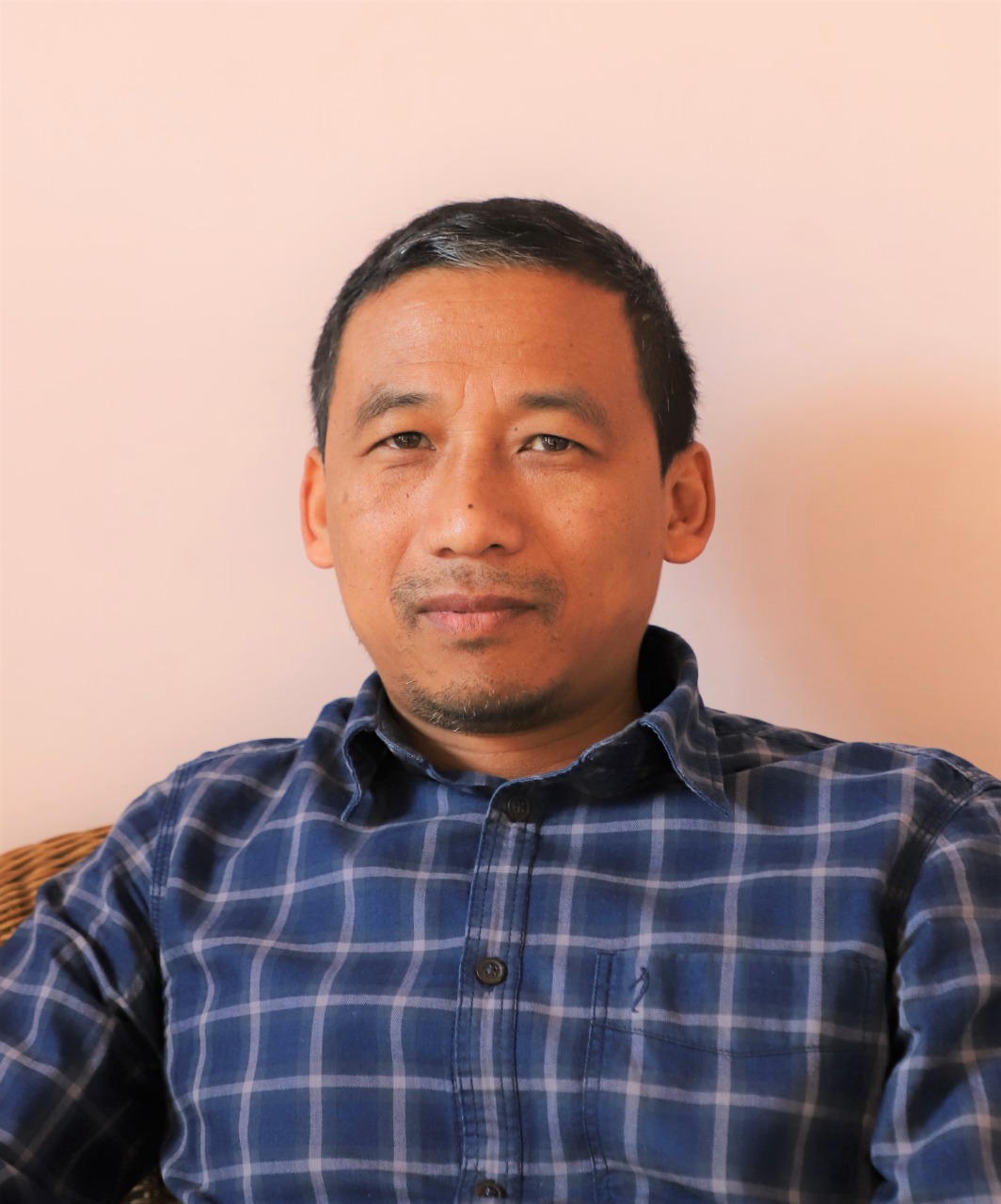 6th March, 2021, 6:30 PM (IST):Herd & Harvest Series: Dr. Tiatoshi Jamir, Department of History & Archaeology, Nagaland University Topic: Can we dismiss a case of early agriculture in the Naga Hills? Insights from on-going research in the Naga Metamorphics and adjoining regions
6th March, 2021, 6:30 PM (IST):Herd & Harvest Series: Dr. Tiatoshi Jamir, Department of History & Archaeology, Nagaland University Topic: Can we dismiss a case of early agriculture in the Naga Hills? Insights from on-going research in the Naga Metamorphics and adjoining regions
Abstract: Amidst claims for early dates of early human migration in Northeast India, there is lack of well-excavated sites with reliable dating evidence. Our understanding of early human presence in the region and the emergence of cultural complexities is, therefore, a subject that still warrants more empirical data augmented by prolonged field investigations. While there have been considerable efforts over the last few decades to improve the datasets of Northeast India’s prehistory, research continue to be directed towards the region’s culture history based on limited excavations. Beyond the Palaeolithic, we are encountered with yet another challenging issue – the beginning of agriculture and the emergence of complex societies that today form the ethnic profiles of Northeast India’s indigenous communities. It is still poorly understood whether agriculture, particularly rice and millet were introduced as a result of incursive waves of farming communities from further east or an autochthonous process with cultural continuity from hunting-gathering way of life to a subsistence mode predominantly based on agriculture and animal domestication. Our on-going research in the caves and rock shelter sites of the Mimi region around the Naga Metamorphics and the adjoining Naga Hills Ophiolite Belt bordering Myanmar therefore seek to address a pertinent and long-standing concern – do we observe a regional transition from predominantly hunting-gathering and foraging to agriculture with localised neolithisation process from the region’s archaeological dataset?
About: Tiatoshi Jamir received his M.A and PhD in Archaeology from the Department of Archaeology, Deccan College (Post-Graduate & Research Institute), Deemed University, Pune.He is Professor of Archaeology and currently Head of Department, Department of History & Archaeology, Nagaland University, Kohima Campus, Nagaland. His research interest includes - Prehistory of Northeast India, stone tool technology, cave archaeology, community archaeology, and ethnomusicology. His on-going research deals primarily with Naga ancestral sites, early agriculture and metallurgy; hunter-gatherer archaeology, ethnoarchaeology of Naga stone monuments and mortuary practices, and Naga bead research.


